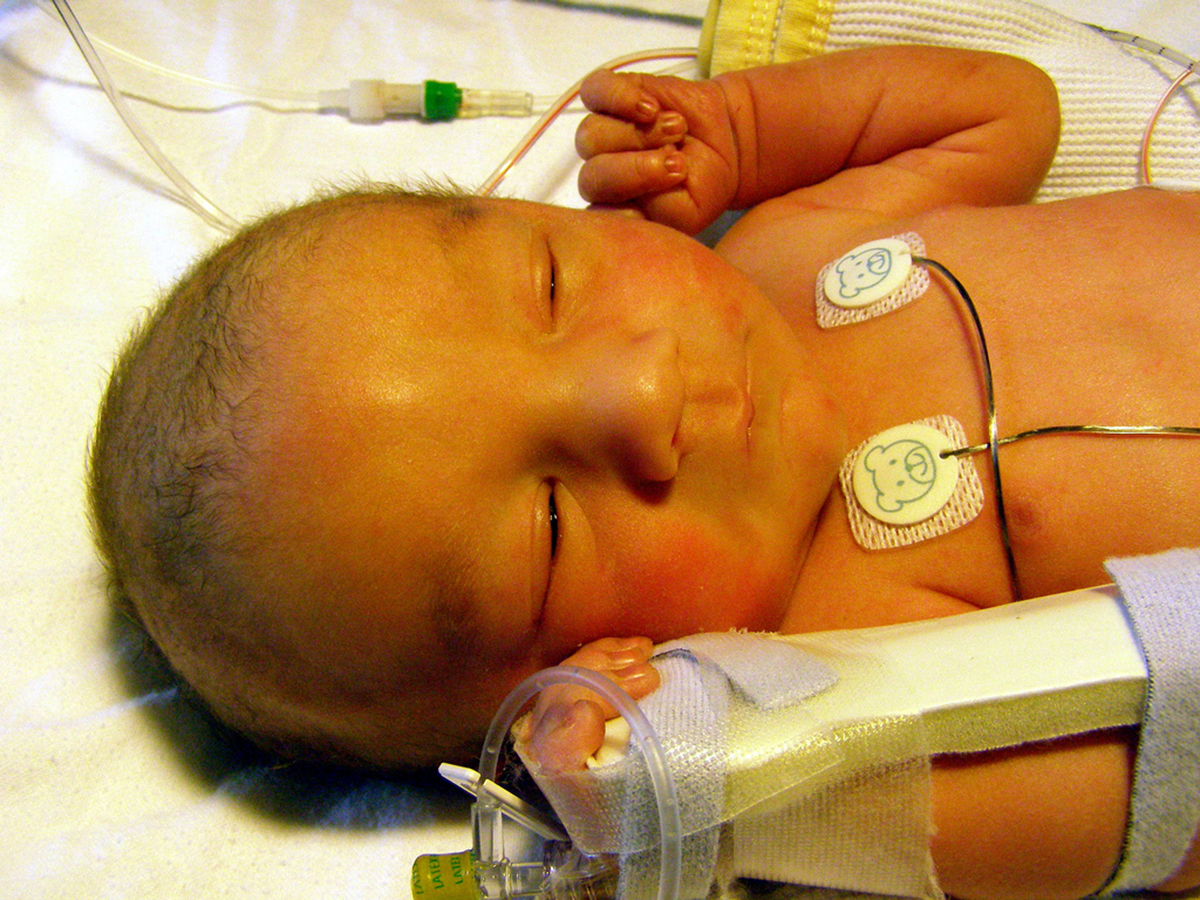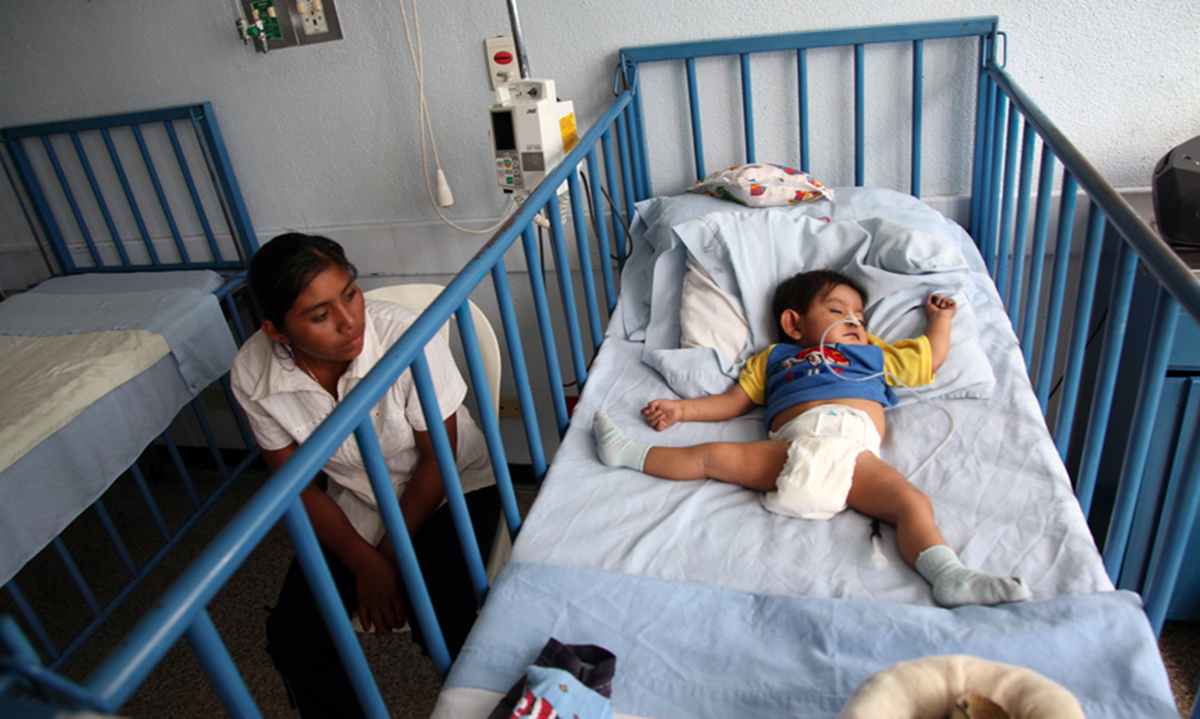
What Is Alagille Syndrome?
Bile ducts are tiny tubes that transport bile — the secretion produced by liver cells. These ducts carry bile to the gallbladder for storage, and to the small intestine, where it emulsifies fats in our diet. Bile is also involved in removing toxins, cholesterol and wastes from our body, and aids in the digestion of fat-soluble vitamins as well. The decreased number of bile ducts in people with Alagille syndrome results in accumulation of bile in the liver, a condition known as cholestasis. This build-up of bile may lead to liver scarring and liver disease. In 30 to 50 percent of affected children, the scarring may cause liver cirrhosis.
Causes Of Alagille Syndrome
Alagille Syndrome is a genetic disorder, and is thus inherited. It is related to the Notch signaling pathway and the Jagged1 gene. Mutations or alterations in the genes or signaling pathways, respectively, result in the formation of distorted bile ducts. The scarred tissue that develops due to the build-up of bile in the liver prevents it from functioning adequately.
Who Is At Risk?
Alagille syndrome is a worldwide phenomenon, affecting both males and females of all ages, races and ethnicities. It occurs in about one out of every 30,000 babies.
Common Symptoms Of Alagille syndrome
Children suffering from Alagille syndrome may experience the following symptoms, which are a result of the underlying disorder:
- Jaundice
This occurs due to inadequate and restricted flow of bile, which causes products of metabolic breakdown to accumulate in the body. It may become persistent later in life, accompanied with pale stools, itching, deposition of fats in the skin, and growth retardation. Symptoms usually improve between the ages of four to ten.
- Cardiovascular Abnormalities
Narrowing of the bloods vessels that carry blood from the heart to lungs may lead to heart murmurs. However, this rarely causes problems in cardiac function.
- Abnormalities in the Spine
The bones in the spinal column resemble the shape of "wings" of a butterfly when X-rayed, but no movement disabilities or nerve damage is present.
- Abnormalities in the Eye
More than 90 percent of children experience this symptom. A specialized eye exam helps detect an additional circular line on the eye surface of patients suffering from Alagille syndrome.
- Facial Abnormalities
These particular features make patients, especially children, easier to recognize. They include a prominent and broad forehead, deep-set eyes, small and pointed chin, and straight nose.
See Also: Cardiac Conditions In Childhood
- Chronic Cholestasis
The accumulation of bile in the liver causes this condition. It can cause mild to severe liver damage, along with the reduced emulsification of fats and mal-absorption of fat-soluble vitamins. Other symptoms may include nosebleeds, bleeding gums, itching and high levels of cholesterol in blood or cholesterol depositions in the skin. In very severe cases, complications such as hepatomegaly (enlarged liver) and splenomegaly (enlarged spleen) may develop as well.
How Is Alagille Syndrome Diagnosed?
After performing a routine physical exam, the following tests may be performed to confirm the diagnosis of Alagille syndrome. These include:
- Blood tests (to check for cholesterol levels, etc.)
- Urine analysis
- X-ray
- Cardiology exam
- Abdominal ultrasound
- Slit-lamp exam (a low-power microscope focuses a high-intensity beam of light on the eye for detailed examination of various structures)
- Liver biopsy

Due to the variety of symptoms and their rare occurrence, Alagille syndrome can be difficult to confirm. At least three of any of the following symptoms must be present for a definitive diagnosis. These are:
- Jaundice
- Mal-absorption
- Xanthomas (build-up of fat under the skin)
- Pruritus (itching as a result of liver disease)
- Heart murmurs
- A thick extra line on the surface of the eye
- Distinct facial features (such as those mentioned above)
- Kidney disease
- Skeletal or spinal abnormalities
- Blood vessel abnormalities
Treatment
The treatment options available for patients suffering from Alagille syndrome focus on increasing the flow of bile to the respective areas of the bowel. This helps in improving the child’s ability to digest and reabsorb the required nutrients and vitamins from his diet, as well as eliminating excessive metabolic wastes from the body. As a result, his growth and development improve and may return to normal.
The various strategies to treat Alagille syndrome are as follows:
- Medications
Certain medicines help in increasing the flow of bile from the liver to the gallbladder and the small intestine.
- Medium-chain Triglycerides (MCT)
Even though fat emulsification and re-absorption is affected in Alagille syndrome, there are certain types of fat, namely MCT, which can still be digested. Therefore, these are often added in certain infant formulas and prescribed to new-born babies suffering from the disorder. Even if the baby is breast-fed, an additional supplement of MCT oil may be adequate to prevent growth retardation. No other dietary limitations are necessary.
- Fat-soluble Vitamins
The difficulties in fat digestion and re-absorption also lead to mal-absorption of fat-soluble vitamins, namely A,D,E and K. Blood tests are used to confirm these vitamin deficiencies. Oral doses of the required vitamins are usually prescribed to manage the condition. However, if the child cannot absorb vitamins or take them orally, they may be injected intramuscularly.
- Surgery
In certain cases, surgery may be performed at an infantile stage to confirm the diagnosis of Alagille syndrome. This includes a surgical procedure to examine the bile ducts and a liver biopsy. However, surgically reconstructing the abnormal bile ducts is not recommended. This is because bile can still flow from the ducts to its designated organs, even if in inadequate amounts. Furthermore, no procedure currently exists for the repair or compensation of the congenital loss of bile ducts.
See Also: First Organ Donation From An Infant Done In The UK
- Liver Transplantation
In very rare cases, liver scarring and cirrhosis can ultimately lead to liver failure. A liver transplant becomes necessary in such circumstances.
- Photo courtesy of Treehouse1977 via Flickr: www.flickr.com/photos/treehouse1977/3304911798
- Photo courtesy of JSbarrie via Flickr: www.flickr.com/photos/jsbarrie/5703695634
- www.liverfoundation.org/abouttheliver/info/alagille/
- http://www.niddk.nih.gov/health-information/health-topics/liver-disease/Alagille-Syndrome/Pages/facts.aspx
- http://www.childliverdisease.org/Information/Medical-stuff/Information-on-liver-diseases/Alagille-Syndrome

